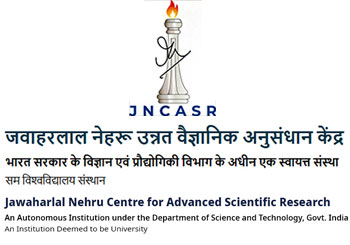From decorative goblets and chalices, to stained glass artworks and the Gorilla glass that protects our beloved mobile devices, glasses have been used by mankind for millennia. In fact the oldest record of glass-making dates back to 3600 BC in Mesopotamia. When a liquid is rapidly cooled below its freezing point, molecular relaxation becomes extremely slow, and below the glass transition temperature the dynamics is essentially frozen, forming a glass. Under certain conditions, however, this glass can also transform to a crystal - the more stable state - a process known as devitrification. Avoiding devitrification is of paramount importance not just in the pharmaceutical industry - an amorphous drug dissolves faster than after devitrification and ensuring that it remains amorphous is therefore essential during storage – but also in technology. In fact devitrification also has astrophysical implications, for instance, the rate of degassing from a comet, which also determines its trajectory, depends on whether it is made of amorphous water ice or crystalline ice and also its transformation to the latter as it nears our Sun.
Devitrification remains poorly understood as this process can be extremely slow, sometimes over decades to tens of thousands of years, and it is also impossible to watch the dynamics of this transformation in atomic and molecular systems. Now a team of researchers led by Prof. Rajesh Ganapathy (JNCASR) in collaboration with Prof. Ajay Sood (IISc) and their graduate student Ms. Divya Ganapathi (IISc) have visualized devitrification for the first time in experiments. The trick was to work with a glass made of colloidal particles. Each colloidal particle can be thought of as a substitute for a single atom but being 10000 times bigger than the atom, their dynamics can be watched in real-time with an optical microscope. Also to hasten the process the researchers tweaked the interaction between particles so that it is soft and rearrangements in the glass occurred frequently.
By continuously monitoring the dynamics of the particles in the glass over many days, the researchers observed that different regions of the colloidal glass devitrified following one of the two routes. In the first route called the avalanche-mediated route, long and inactive periods were interspersed with sudden rapid rearrangements involving many tens of particles causing these regions to abruptly form crystals. In the second route, called the smooth growth route, only few particles participated in rearrangements and these happened continuously and the crystal in these regions also grew slowly with time. These routes have been found to occur individually in computer simulations, but never at the same time as found in these experiments. To understand these findings, the researchers then used Machine Learning methods to determine if there was some subtle structural feature hidden in the glass that apriori decides which regions would later crystallize and through what route. Despite the glass being disordered, the machine learning model was indeed able to identify a structural feature, called “softness” that had been earlier found to decide which particles in the glass rearrange and which do not. The researchers then found that regions in the glass which had particle clusters with large “softness” values were the ones that crystallized and that “softness” was also sensitive to the crystallization route. Perhaps the most striking finding emerging from the study is the authors then fed their machine learning model pictures of a colloidal glass and the model accurately predicted the regions that crystallized days in advance!! The authors suggest that techniques to tune “softness”, for instance by introducing impurities, may help realize long-lived glass states which has numerous technological applications.
Publication:
Structure Determines Where Crystallization Occurs in a Soft Colloidal Glass
Divya Ganapathi, Dibyashree Chakrabarti, A k Sood and Rajesh Ganapathy
Nature Phys. 17, 114 (2021)
The project was supported by a DST-Nanomission grant (SR/NM/TP-25/2016) to Prof. Rajesh Ganapathy.
